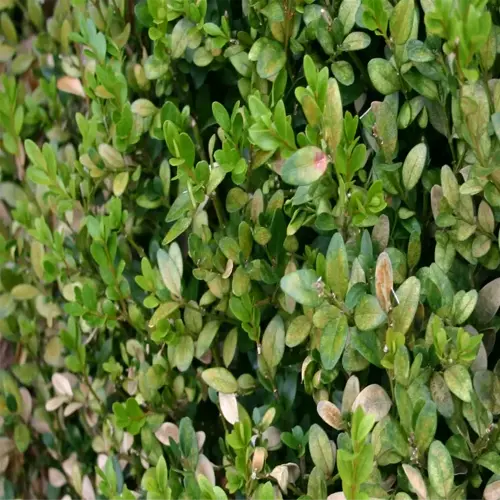How do I clear winter debris from my garden?

Written by
Paul Reynolds
Reviewed by
Prof. Samuel Fitzgerald, Ph.D.Removal of debris during the winter months begins with the removal of dead annuals and broken perennials. I have even observed aphids explode in other clients' gardens where old stalks were left standing for shelter or nesting. Use sharp pruners to cut stems at ground level. Bag diseased foliage immediately, and burn if bylaws allow in your municipality. Never place moldy leaves or blighted plants into compost.
Tool Selection
- Sturdy rake with metal tines for matted leaves
- Heavy-duty bags for infected plant matter
- Tarp for hauling debris without scattering
Leaf Management
- Rake when leaves are dry to prevent shredding
- Layer healthy leaves <4 inches thick in compost
- Avoid oak leaves (high acidity)
Disease Control
- Disinfect tools with 70% alcohol after use
- Identify blackspot/mildew before removal
- Double-bag infected material
Tilling wet soil will damage its structure. The ideal moisture content for soil is 15% viz. will form little dry crumbly balls of earth. I was asked to fix a client's sloppy tillage of the soil, and they created concrete-like clods of soil that inhibited pea growth. Broadaxes are a better option than a rototiller for maintaining earthworm tunnels.
Infected Material
- Bag in 3-mil contractor bags
- Label with disease type (e.g., powdery mildew)
- Dispose at municipal green waste sites
Healthy Debris
- Chop stalks into 6-inch pieces for compost
- Layer with browns (cardboard, straw)
- Turn pile weekly to accelerate breakdown
Consistency keeps chaos at bay. A client has a neglected rose bed that was covered in blackspot until we stripped the bed of every leaf. Now each week she spends about 15 minutes getting rid of debris, and her spring blooms have increased by double. Also, cleanup is a great opportunity for soil testing. A little attention to balance in the beds will lead to less concern later. Your future self will appreciate the additional time remarkable blooms create for you.
Read the full article: Spring Garden Preparation: 10 Expert Tasks for Success

